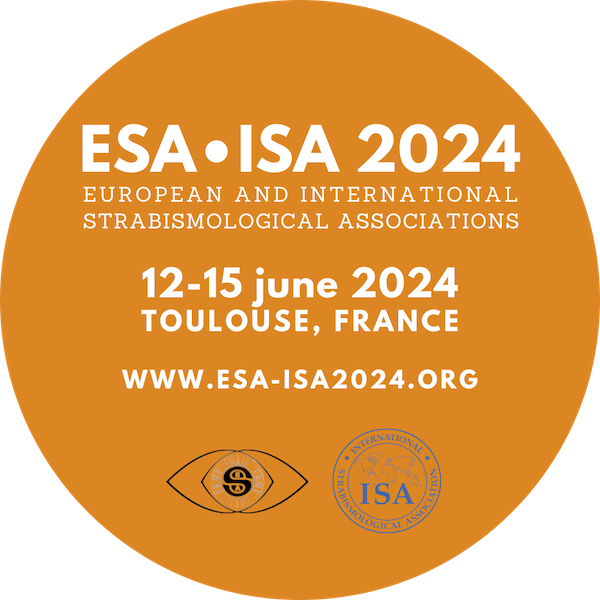
Session: Poster session C
The impact of post-stroke ocular motility defects using the Brain Injury associated Visual Impairment - Impact Questionnaire (BIVI-IQ)
Introduction
Ocular motility defects post-stroke have a reported prevalence of 44%, which include a wide variety of abnormalities. These are known to impact on quality of life including independence, activities of daily living and hobbies. Quality of life for this population has previously been measured using tools not developed for this population or with addition of a supplementary measure. The aim of this study was to assess the impact of post-stroke ocular motility defects.
Methods
18 NHS hospitals, coupled with advertisements, recruited stroke survivors with visual impairment (VI) at any time post-stroke. Participants were asked to complete the Brain Injury-related Visual Impairment Impact Questionnaire (BIVI-IQ). The BIVI-IQ was specifically developed and validated to assess the impact of post-stroke VI (scoring ranges 0-37), a low score indicating a better quality of life. Demographics, social history, stroke and vision assessment data were collected.
Results
316 participants completed the BIVI-IQ, 123 of which had ocular motility defects (39%). For this analysis 20 stroke survivors with only pre-existent ocular motility defect were excluded. 73 completed a repeat BIVI-IQ at visit 3. The mean age was 68 years, 70% were male and median time post-stroke was 37 days (range 1-7576). Types of ocular motility defect were saccadic dysmetria (52%), reduced convergence (48%), manifest strabismus (horizontal (34%) and vertical (28%)), cranial nerve palsies (28%), nystagmus (26%), gaze palsies (18%), saccadic palsy (16%), internuclear ophthalmoplegia (12%) and skew deviations (5%). The median score for this group with ocular motility defects was 13.9 (range 0-25.6) at baseline improving to 11.1 (range 0-24.8) at visit 3.
Conclusions
This is the first study to specifically report on the impact of post-stroke ocular motility defects. Post-stroke ocular motility defects have an impact on quality of life. This impact is comparable to other post-stroke VIs such as hemianopia.